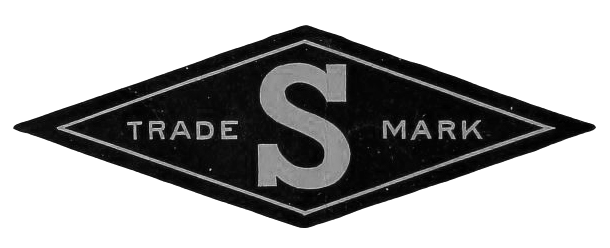
Interview and Review By: Daphne Street
“42 Seconds of Happiness,” a film written and directed by Christina Kallas, is the only film I have ever watched where my fondness and appreciation for the power of the techniques used in the film expanded and ripened long after I watched the film. The techniques used, the skill of the actors and the insightfulness of the directing and writing were that good, perhaps too good in a way—maybe a little too real for comfort. On the other hand, who goes to an independent film seeking comfort?
In the beginning… while I was screening the film, I didn’t like the characters. I don’t mean that they were poorly written or portrayed, I mean that I really would not want to hang out with these people. Ever! In fact, I even commented during the film about how awful the character played by Catherine Cobb Ryan was—again, not the acting or the writing—the character. I happened to be near people who knew the actress personally, and they laughed at me saying, “Yeah, isn’t she great? She’s one of the nicest, warmest people in person (the actress).
Eventually, the film leads us to a large table, and we, the audience, sit down at a dinner party with the film’s characters. I used that phrasing very intentionally. I didn’t feel like I was merely watching a dinner party scene in a movie. I felt like I was there, uncomfortable, wanting to leave, knowing that the level of obnoxiousness and pained tension was growing from bad to much worse, and I felt stuck at that table with them. And as uncomfortable as that scene was, it gets worse and more uncomfortable from there, and I felt stuck and trapped in those scenes, too. Trapped, in the room with these characters, watching everything play out.
The next day, someone asks me what I thought of the film. To my own surprise, out of my mouth burst the words: “That was amazing! It was horribly uncomfortable. Those characters are exactly the people I always try to avoid in my life, and there I was trapped in this experience with them. It was unusually realistic.”
At the inaugural Women Texas Film Festival, I had an opportunity to sit with Kallas and discuss this film with her and how she and her actors were able to achieve that type of work. I began by explaining everything I stated above to her, and then she described her process for creating this film.
Kallas said that she began with a finished screenplay, but instead of sending it out to get feedback and revisions—the usual process—she chose to do something different. She went straight to the actors. For a year and a half she and her actors worked through the screenplay to create an improve-based narrative feature film. During weekly sessions, the actors would come together with the director and the script and work through stories. Kallas explained that the goal was to work with the same actors who keep the same characters from story to story.
“So, they are still the same people, the characters,” said Kallas, “just experiencing different situations and learning how their character will respond to each new situation—getting a new job, moving to Canada, getting married…” Kallas said that the intent was to merge the characters and the actors for one and a half years. Through that process, the actors began to improvise based on the structure of the screenplay. “So whatever happened between the characters that was improvised would flow into the screenplay, and the screenplay remained the structure for the film.”
Kallas also noted that people were very interested in what she was doing. She said, “So, I went through a very elaborate process of shooting these scenes over time as we were creating the film and letting people see those.” Some have called these scenes a webseries, but Kallas’s intent was merely to lift the veil on process and let people take a look before all of the editing and cutting goes on, before the finished product was polished and ready for screenings as a single feature-length narrative. And in doing so, she developed a following of people who became great fans of these characters and their stories.
Overall, Kallas says that she is driven to create great narrative films while experimenting and pushing the envelope of process and execution. She is a professor at Columbia University, and before teaching there she instructed at the film Academy in Berlin, focusing on film studies and screenwriting. She asks her students to challenge themselves, and she created “42 Seconds of Happiness” with that same spirit of challenge in mind.
From an audience member’s perspective, there’s no doubt that Kallas and the actors of “42 Seconds of Happiness” have created a unique work and process that can stick with you long after the credits roll. I just think it will be a little while before I accept another dinner invitation from these lively dysfunctional characters.

